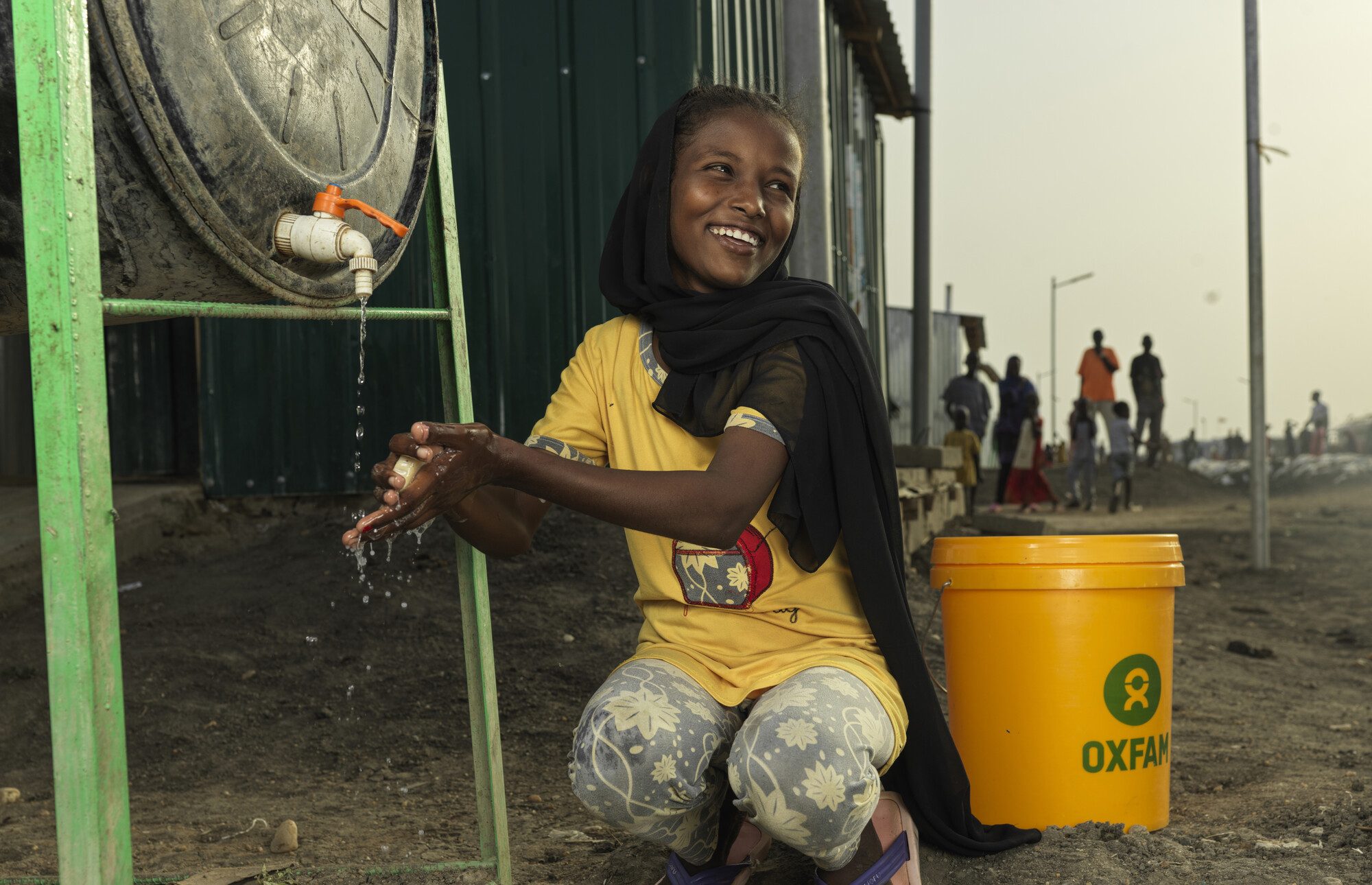Australian aid works. It delivers education, clean water, sustainable livelihoods and increased opportunities for women and girls. But that’s just the tip of the iceberg. Australian aid also provides much needed relief in times of disaster; and, arguably, provides even better outcomes by helping communities prepare for and reduce the impacts of these disasters before they strike.
This is what makes our government’s ongoing cuts to the aid program so remarkable.
The government talks of innovative investment on one hand, but then continues Abbott Government-style cuts to our aid program that has been delivering innovative responses to overcoming poverty in our region for decades.
Indonesia is described by the United States Agency for International Development (USAID) as “…one of the most disaster-prone countries in the world, regularly experiencing earthquakes, tsunamis, landslides, volcanic eruptions, flooding, and drought. Spread across 6,000 inhabited islands, communities in Indonesia face a numerous different hazards [sic], as well as differing levels of disaster response capacity, posing a challenge to preparing for and responding to disasters.”
Australia’s Department of Foreign Affairs and Trade (DFAT) says on its site that “Disasters destroy lives, livelihoods and infrastructure; they undermine development, create instability and reverse economic growth. The impact of natural disasters in the Indo-Pacific region prevents millions of people from breaking out of poverty.”
It was with this in mind presumably that DFAT— less than three years ago — was planning an eight-year Disaster Risk Management Program for Indonesia with a budget of around AUD $260 million. To commence in July 2014, DFAT advised that the funding was to “improve disaster management and local resilience in up to 20 districts across 4 provinces.”
In February 2014, the total budget allocation for this program was reduced to just AUD $70 million. And it appears that it’s now been reduced to zero, with DFAT’s Aid Investment Plan for Indonesia to 2019 making no mention of disaster risk management work.
Oxfam estimates that this innovative, lifesaving work could have helped up to 11.5 million people prepare for a range of natural disasters including tsunamis, earthquakes and volcanic eruptions. This includes work we would have done with communities to establish life-saving disaster drills and evacuation centres to shelter disaster-affected populations.
We and other agencies could also have trained communities to build earthquake resistant buildings: preventing homelessness like that seen following last November’s earthquake that destroyed more than 800 houses in Alor District.
While Oxfam is still undertaking some disaster risk assessment and preparation work in communities in Indonesia, we have had to significantly scale back our operations. This means a huge number of villages remain vulnerable to disasters and have received no support to be better prepared.
And this is just the impact that our government’s aid budget cuts are having in Indonesia. These cuts will also stall innovative poverty reduction measures from being implemented across the Asia-Pacific region.
It’s time for Australia to get down to business and put real investment and innovation into tackling the root causes of poverty and our humanitarian crises. This will increase the prosperity of the region, and Australia’s, in the process.
It’s time to reverse cuts to the Australian aid budget.



